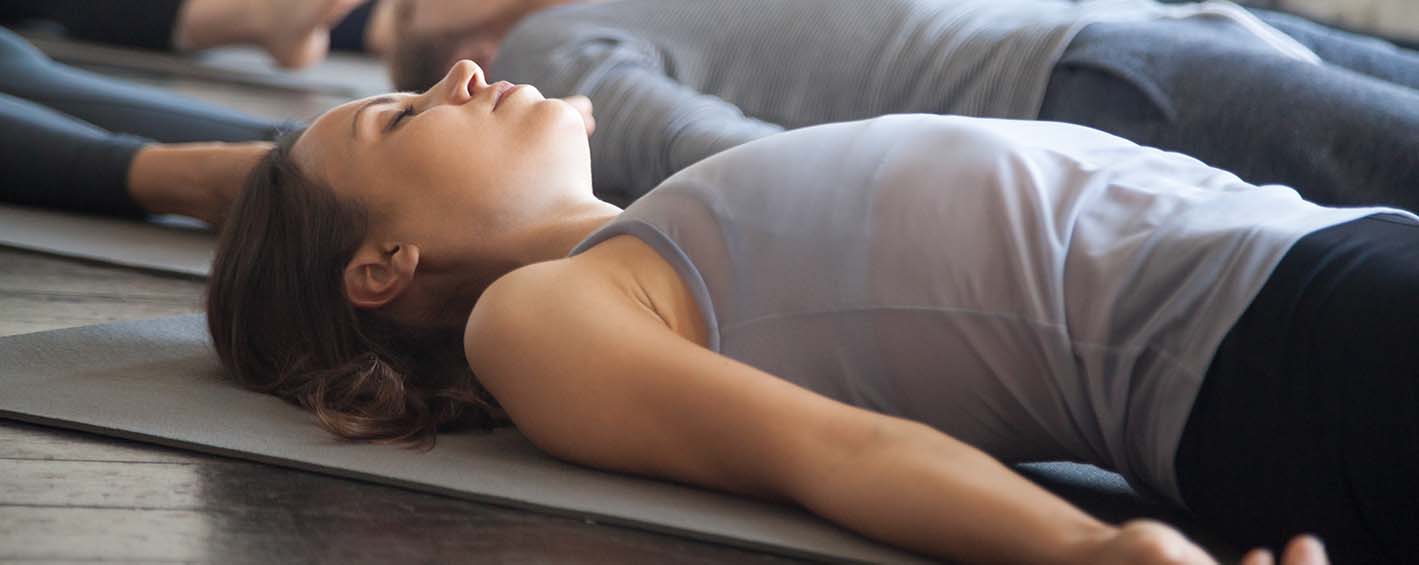Share it
An important element of performance and exercise is rest, but it’s hard to do! ACE (a fitness governing body) says recovery is the most important part of any program. Taking time to rest can be challenging, but rest has significant physical benefits.
The Recovery Stage
Athletes understand the importance of exercise training for optimal performance and improvement. However, rest and recovery is also an important aspect of an exercise program because it allows the body time to repair and strengthen itself in between workouts.
While one of the most important elements of performance and exercise is rest, and it’s also one of the hardest things to do! I mean, we hear it daily from our patients. We get it, taking time to rest your body can be challenging, but the recovery phase has significant physical benefits.
One main benefit is simply muscle repair. By allowing the muscles to rest after physical exertion allows the muscles time to repair, rebuild and strengthen. For recreational athletes, building in rest days can help maintain a better balance between home, work and fitness goals as well.
To get better at a sport or to enhance your personal fitness, you must expose your body to stress. Different stresses include training and exercise programs like weightlifting, sprinting, endurance runs, etc. But upon completion of these stresses the human body needs to adapt to the stresses it just underwent, and this is where we get the recovery stage.
Neglecting the recovery stage can lead to injuries. Many programs have built-in rest days, but if you are creating your own program to follow, be sure to find where to fit one in! It’s essential to listen to your body and gauge how you are feeling as well. If you are physically worn out, take a rest.

1. Massages, myofascial release/foam rolling
Getting a massage helps to loosen up muscles, increase oxygen and blood flow into muscles, remove lactic acid buildup (which is what makes you sore), and deliver nutrients from your body to your muscle.
Let’s face it, you've tried it, discovered it hurts, then stopped implementing this recovery technique. The real reason why self-myofascial release and foam rolling hurts is because your body needs it. Surrounding all of your muscles is a band of connective tissue called “fascia”.
Loosening your fascia allows your muscles to glide smoothly and correctly. When your fascia is tight and tough then your muscles have difficulty moving in the correct form and this results in injuries. By using foam rollers and percussion massagers, you can beat up that tough sticky fascia and get your body moving in the correct way.

2. Stretching/yoga & meditation
Proper stretching is the key to maintaining a happy and healthy body. We're not going to tell you to stretch for 30 minutes after every workout, but you have to make an effort to stretch for at least 10-15 minutes. Your body will thank you later. Stretching is an important recovery technique to implement both pre and post-workout. Through stretching, your body naturally lengthens its muscles, improving circulation and blood flow and eliminating soreness and lessening chance of injury. Plus, who doesn't like to show off their flexibility to their friends?
Minimizing stress through meditation and yoga is a phenomenal way to improve brain health and well-being. Get away from the hustle and bustle of everyday life and calm your mind for just 5-10 minutes a day. Some of our favorite techniques are mindful walks and yoga. A mindful walk is an easy way to help bring back your focus and retain energy. It's very easy too! All you need to do is walk and be aware of your surroundings. Pay attention to the smells, the wind on your face, the noises in the background. Just stay present and you will feel a lot better.
3. Ice and R.I.C.E method
Have you heard of the R.I.C.E method? It stands for Rest, Ice, Compression, and Elevation. It is the go-to, doctor suggested recovery technique to help treat injuries and promote healing. The benefits of the R.I.C.E. method include the following:
- Rest: Immobilization prevents further injury and gives the body time to recover.
- Ice: Cold reduces pain by numbing the affected area.
- Compression: Pressure keeps swelling under control.
- Elevation: Keeping the injured body part above the heart reduces swelling and the associated pain and discomfort.
Certain recovery products have been created to aid the R.I.C.E method and get you feeling better and back on the field. Professional athlete tested, here are the 3 best devices to use for the R.I.C.E method:
A familiar process to many, an ice bath causes the blood vessels of the body to constrict, pushing the blood away from the muscle because of the cool temperature. Once you are done and start to warm up, the vessels open up and allow blood flow back into the muscle, bringing with it more oxygen to help you recover.
No matter where you are currently in your workout regime, I encourage you to take some recovery time. It will benefit your performance in significant ways down the road. Consider trying a method from above that you haven’t before and see if it helps you. Different things work for different people, so find out what’s best for your body.

4. Active recovery
One of the best ways to heal quickly is through active recovery. It is the body’s way of recovering post-workout by continuing your workout movements for a few additional minutes, at a much lower intensity. For example, you just ran a mile. Instead of completely stopping running after your mile is complete and heading to the locker room or your car, you choose to jog a few minutes longer, at a much slower pace. Active recovery has the following benefits:
- It allows your body to slowly release the built-up lactic acid and minimize post-exercise stiffness.
- It promotes blood flow to your joints and muscles, reducing inflammation.
- By continuing to keep your heart rate at a steadier rate, it helps your body improve endurance.

5. Hydration and eating
One of the most vital aspects of both training and recovery is being properly hydrated. And nourishment falls right in line with hydration. Food helps to restore the body’s energy supply, so try to eat good, healthy options at the right windows of time to enhance your performance and recovery.
Promoting a healthy diet allows you to give your body the proper nutrition to keep on going. I like to keep it simple. Every meal needs to have:
- 1 source of carbs (e.g Rice, Oatmeal, Potatoes, Pasta)
- 1 Protein (e.g Eggs, Meat, Tofu)
- 1 source of Vegetables/Fruit (e.g Oranges, apples, bananas, tomatoes, lettuce, cucumbers).
If you are looking to bulk up, then add some dairy to your diet, if you are looking to cut down, then reduce dairy intake. Meal prepping can be a quick, cost-efficient way to make sure you're refueling properly with less time wasted.
